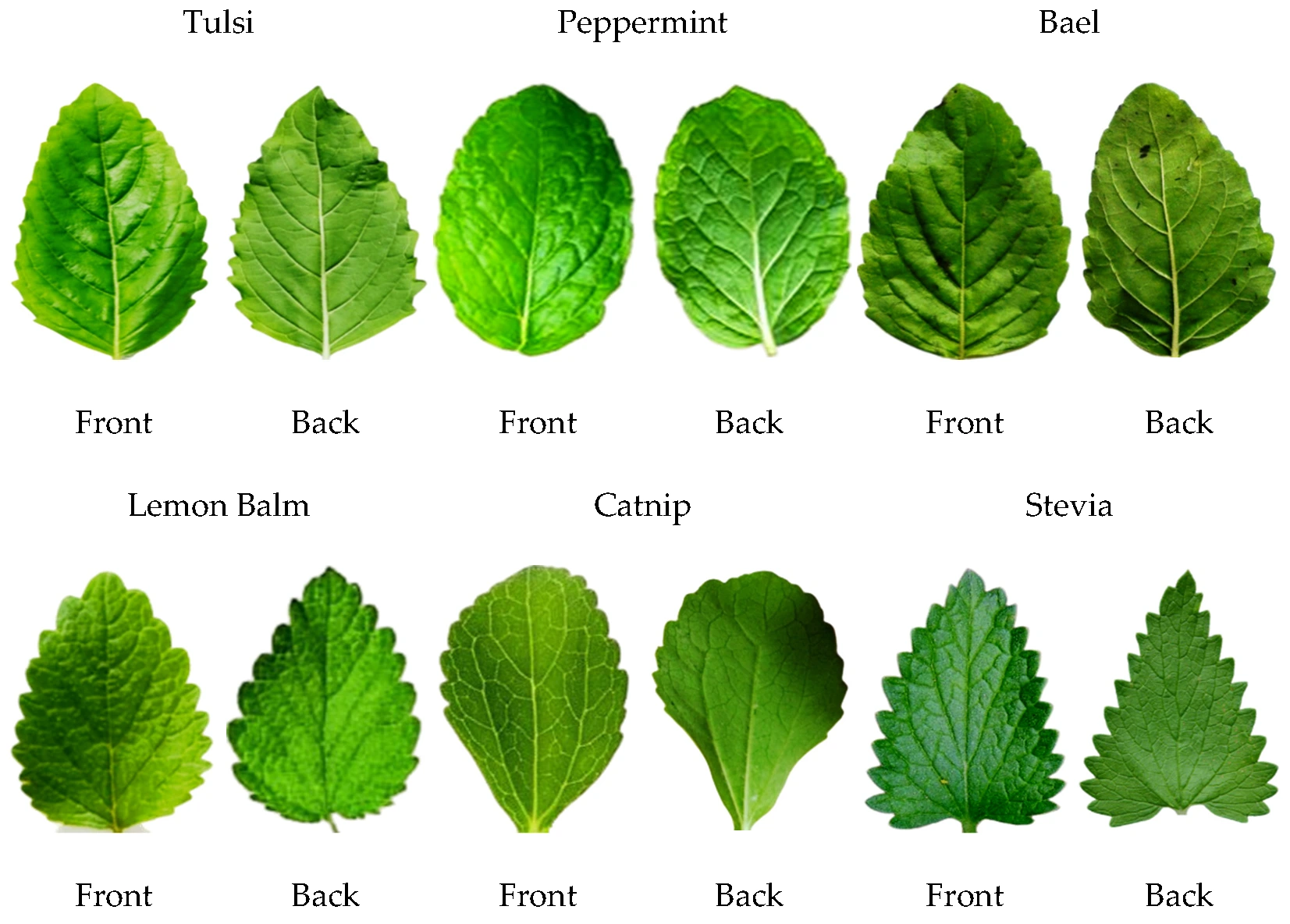
The Magic of Plant Leaves in Traditional Medicine (2025)
Exploring Bioactive Compounds and Therapeutic Applications
Introduction
Plant leaves, rich in bioactive compounds like alkaloids, flavonoids, and essential oils, have been used for centuries in traditional medicine across cultures for their therapeutic benefits. Known for their "magic" in treating ailments from wounds to respiratory issues, these natural remedies often have fewer side effects than synthetic drugs when used correctly. As of September 2025, scientific research increasingly validates their efficacy, though challenges like toxicity and sustainability persist. This webpage explores the medicinal properties, uses, cultural significance, and evidence-based applications of plant leaves, emphasizing safe practices.[1][2]
Why Plant Leaves Are Medicinal
Leaves contain diverse compounds like flavonoids, tannins, terpenoids, and essential oils, offering anti-inflammatory, antimicrobial, antioxidant, and analgesic effects. These properties make them effective for various conditions, with their natural diversity often providing gentler alternatives to pharmaceuticals.[3]
- Flavonoids: Antioxidant and anti-inflammatory, found in moringa and green tea.
- Alkaloids: Analgesic and antimicrobial, present in neem.
- Essential Oils: Antiseptic and decongestant, like eucalyptol in eucalyptus.
Common Medicinal Uses
Plant leaves are used globally for a range of health issues, supported by both traditional knowledge and modern research.
Wound Healing and Skin Conditions
- Aloe Vera: Gel soothes burns and cuts due to polysaccharides and antimicrobial properties.[4]
- Plantain (Plantago major): Crushed leaves reduce inflammation in wounds and insect bites.
Anti-inflammatory and Pain Relief
- Peppermint: Menthol in leaves relieves muscle pain and headaches via topical application or tea.[5]
- Holy Basil (Tulsi): Used in Ayurveda for stress and inflammation.
Antimicrobial and Antiviral
- Neem: Antibacterial and antifungal, used for skin infections and as an insect repellent.[6]
- Eucalyptus: Eucalyptol aids respiratory infections via steam inhalation.
Digestive and Respiratory Health
- Mint: Spearmint or peppermint tea alleviates bloating and IBS.[5]
- Mullein: Leaf tea treats coughs and bronchitis with expectorant properties.
Immune Support
- Moringa: Antioxidant-rich leaves combat malnutrition and boost immunity.[7]
- Green Tea: Catechins provide antioxidant and metabolic benefits.
Key Examples and Applications
The following table summarizes prominent plants, their active compounds, therapeutic uses, and preparation methods.
| Plant | Active Compounds | Therapeutic Use | Preparation |
|---|---|---|---|
| Aloe Vera | Polysaccharides, anthraquinones | Burns, wounds, skin hydration | Gel from fresh leaves |
| Neem | Azadirachtin, nimbin | Skin infections, insect repellent | Leaf paste, tea |
| Peppermint | Menthol, flavonoids | Digestive issues, headaches | Tea, essential oil |
| Moringa | Quercetin, vitamin C | Immune support, malnutrition | Powdered leaves, tea |
| Eucalyptus | Eucalyptol | Respiratory infections, congestion | Steam inhalation, oil |
Cultural and Traditional Significance
Plant leaves are integral to global traditional medicine systems:
Scientific Evidence and Limitations
Modern research supports some traditional uses:
- Aloe vera’s burn healing efficacy (2018 meta-analysis, Burns journal).[4]
- Peppermint oil for IBS relief (2019, BMC Complementary Medicine).[5]
- Neem’s antimicrobial effects for acne and fungal infections.[6]
However, not all uses have robust clinical evidence, and risks include toxicity (e.g., eucalyptus overdose) and drug interactions.[2]
Precautions and Practical Tips
Safe use requires caution:
- Toxicity: Avoid excessive ingestion of certain leaves (e.g., eucalyptus).
- Allergies: Test for reactions before widespread use.
- Consultation: Seek medical advice for serious conditions or drug interactions.
- Sustainability: Harvest responsibly to prevent overexploitation.[3]
Tips: Use reliable guides for plant identification, wash leaves thoroughly, and follow evidence-based recipes.
Conclusion
Plant leaves, with their bioactive compounds, offer a "magic" blend of traditional and evidence-based treatments for ailments like wounds, inflammation, and infections. From aloe vera’s burn relief to moringa’s immune support, their applications span cultures and are increasingly validated by science. However, risks like toxicity and sustainability concerns necessitate careful use. As of 2025, integrating traditional knowledge with modern research can enhance their therapeutic potential while ensuring safety. Consult healthcare providers and monitor sources like PubMed for updates.[1][2]